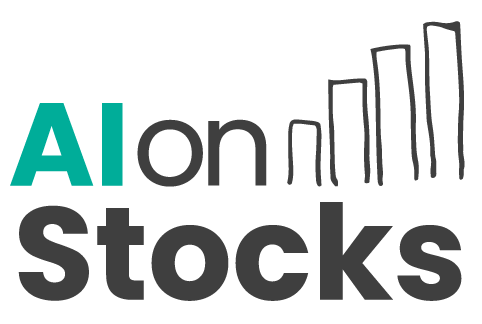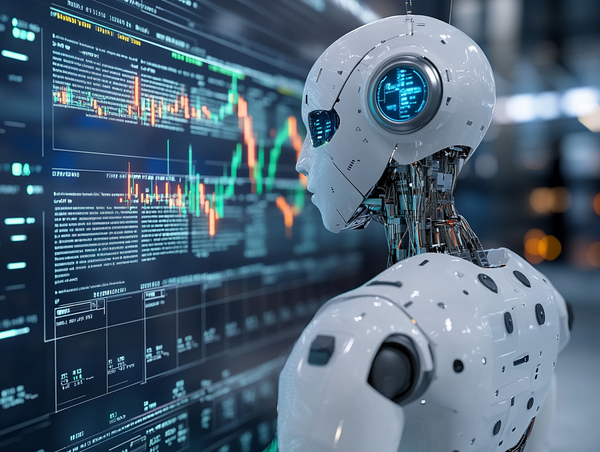Designing Automated Futures Trading Strategies with AI-Driven Precision
The world of trading has been revolutionised by technology, and nowhere is that more evident than in the field of automated futures trading strategies. With the growing influence of artificial intelligence, traders today have the power to develop more adaptive, responsive, and precise trading models than ever before. For those looking to gain a competitive edge in complex markets, understanding how to build AI-powered systems for futures trading is fast becoming essential.
The Evolution of Automated Futures Trading
Automated futures trading has moved far beyond its early days of mechanical rule-based systems. Originally, traders would code simple algorithms that could execute trades when certain technical indicators aligned. These strategies worked, to a degree, but they struggled to adapt to changing market conditions. Today, artificial intelligence brings a dynamic layer to automated trading, enabling systems to learn from data, adjust strategies in real time, and continually optimise for profitability.
Futures contracts, which allow traders to speculate on the price of a commodity or asset at a future date, are particularly well-suited to automation. With their high liquidity and 24-hour trading cycles, futures markets provide a fertile ground for algorithmic systems to operate efficiently. By combining these markets with machine learning, neural networks, and other forms of AI, traders can now build systems that are not only fast but also intelligent.
Understanding AI’s Role in Strategy Development
At the heart of AI-driven futures trading strategies is the ability to process and learn from large data sets. These can include price histories, volume trends, market sentiment, and even macroeconomic indicators. Model training can be done using supervised learning, where algorithms are trained on labelled historical data, or unsupervised methods, where the system identifies patterns without explicit instruction.
Feature Selection and Data Preprocessing
To create effective strategies, the selection of relevant trading features is critical. These features serve as the inputs that an AI model will use to identify trading opportunities. Common examples include moving averages, volatility measures, order book depth, and momentum indicators. However, in a deep learning context, models can be trained to uncover hidden relationships within raw data, removing much of the subjective filtering traditionally needed in strategy design.
Clean and properly formatted data is also a cornerstone of successful implementation. Inconsistent, incomplete, or noisy datasets can significantly impair the learning process. Data normalisation and sample balancing techniques ensure that the trading system doesn’t become biased or overfit to specific time periods.
Building Resilient and Adaptive Trading Models
One of the core advantages of incorporating AI into automated futures trading strategies is adaptability. Unlike static strategies, AI models can evolve based on new market conditions. Recurrent neural networks (RNNs) and long short-term memory (LSTM) networks, for example, can retain information about past trends to predict future events more accurately—making them highly effective in time-series forecasting for futures markets.
Reinforcement learning is another revolutionary technique gaining momentum in this field. In this model, an AI agent learns by interacting with a simulated market environment, receiving rewards for profitable actions and penalties for losses. Over time, the agent optimally calibrates its decision-making process to maximise long-term rewards. This approach reflects the realities of trading more closely than any traditional backtesting model.
Risk Management and Strategy Verification
No automated strategy is complete without robust risk control mechanisms. AI models must include predefined constraints such as maximum drawdowns, acceptable leverage ratios, and loss limits. These guardrails ensure the strategy can survive in volatile markets and avoid catastrophic failure.
Backtesting remains a vital step before deploying any AI-powered trading model. Even the most intelligent systems need to be tested against historical scenarios to validate their effectiveness. More importantly, forward testing in live market conditions—often through paper trading—helps evaluate real-time performance and reduce model overfitting.
The Human Element in AI-Driven Automation
Despite the sophisticated capabilities of AI, the role of human insight remains invaluable. While machines can analyse patterns at scale, human traders bring strategic judgment, intuition, and ethical oversight that algorithms still lack. Combining both allows for more refined strategy design and operational resilience.
Developing automated futures trading strategies with AI requires not just technical expertise, but also a deep understanding of the financial markets. It’s about building a symbiotic relationship between human cognition and machine efficiency. By aligning human goals with AI’s precision, it becomes possible to create strategies that are both profitable and sustainable.
Looking Ahead: The Future of Futuristic Trading
The fusion of artificial intelligence and automated futures trading strategies is still evolving. With advancements in quantum computing, alternative datasets, and real-time sentiment analysis, the next decade promises to deliver trading systems with ever-greater speed and sophistication. As regulatory frameworks catch up and computing power grows, the barriers to entry will lower, making these technologies more accessible to individual traders and boutique firms.
For those willing to invest in this fusion of finance and technology, AI-driven trading offers a glimpse into the future of the markets: one where strategies are smarter, faster, and increasingly shaped by algorithms that learn and improve over time.
By embracing this transformation, traders stand to benefit from strategies that not only respond to market shifts but also evolve alongside them—redefining what it means to trade intelligently in the digital age.


